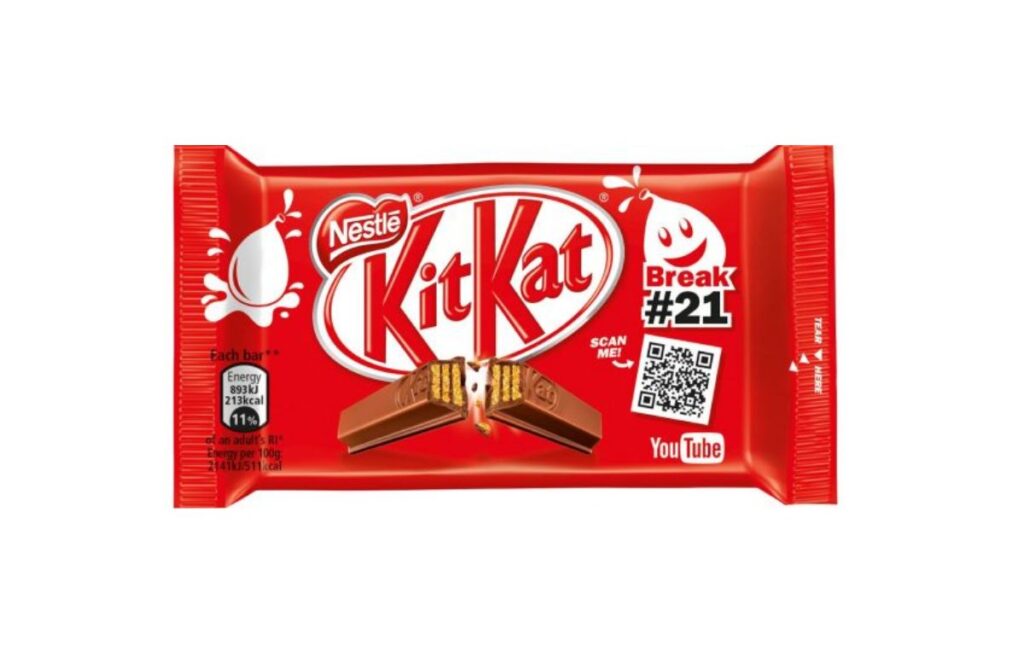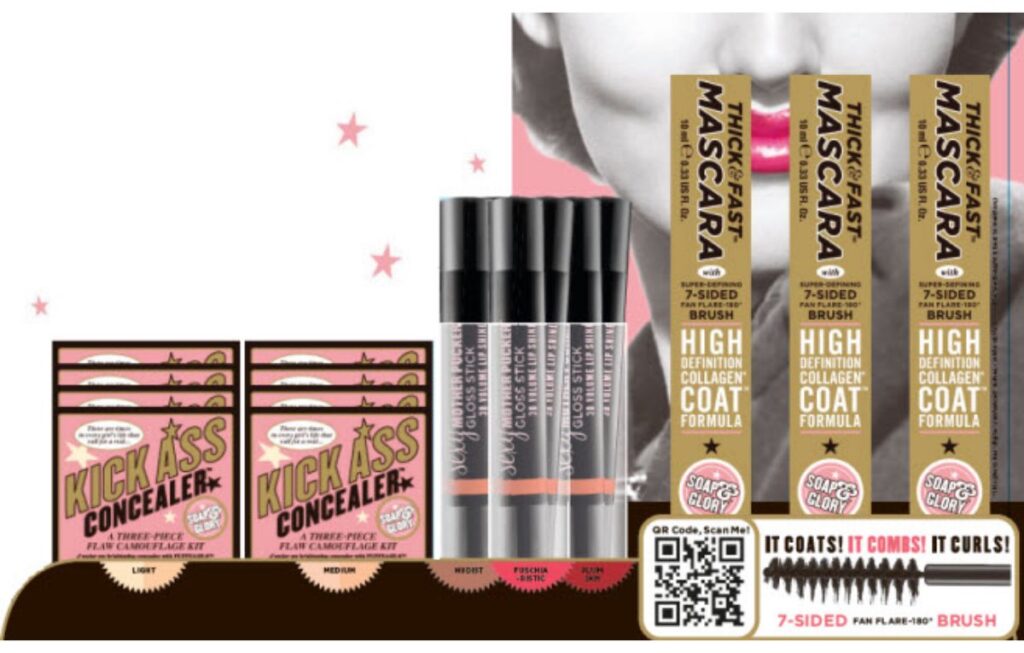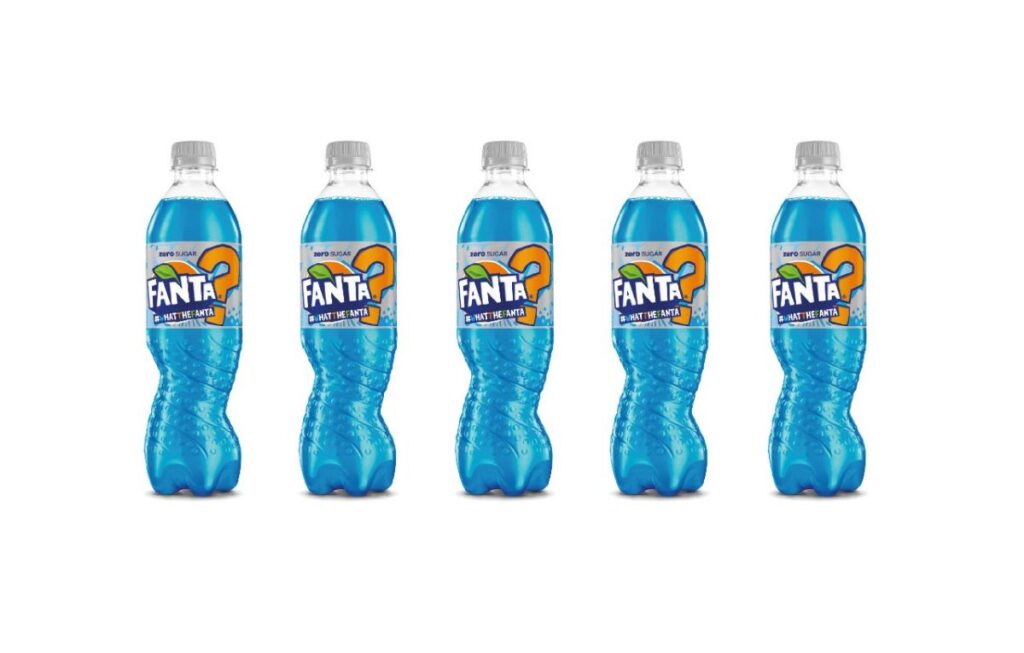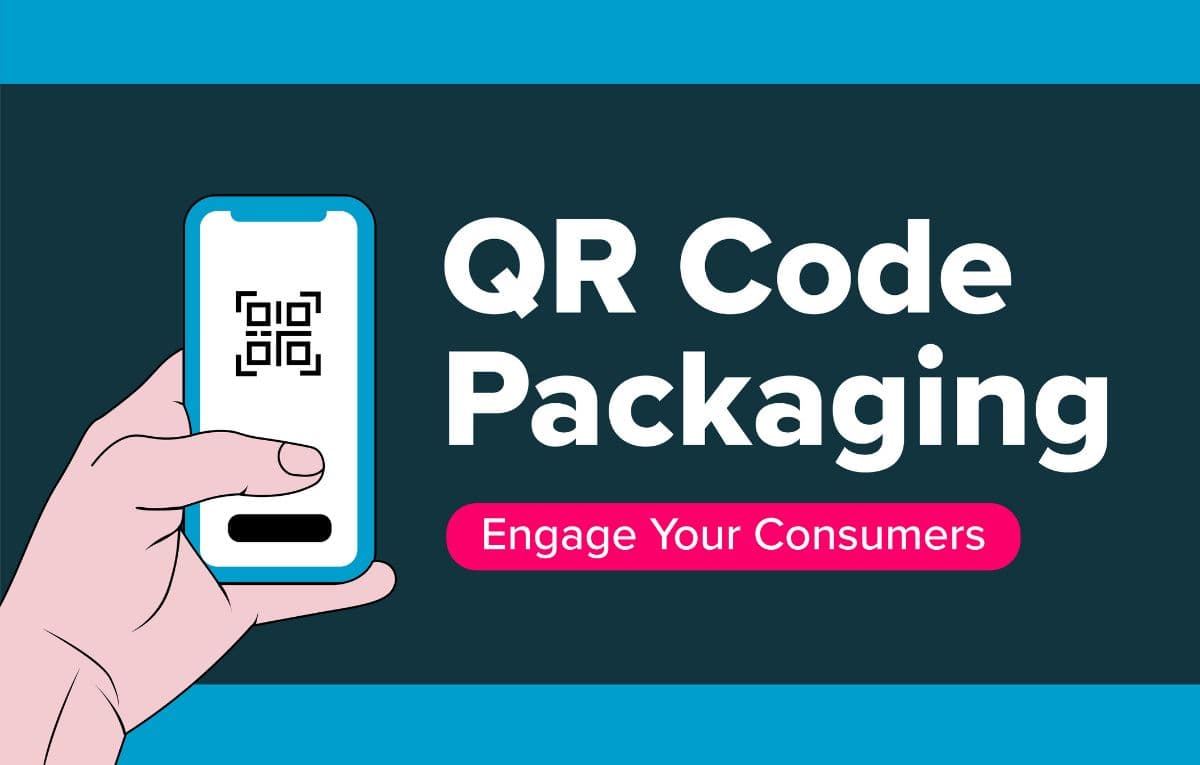QR Code Packaging – Engage Your Consumers
QR Code Packaging can benefit both the consumer and the brand throughout the purchase cycle of a product. It is part of the growing industry of Smart Packaging, which helps brands develop a better understanding of their consumers, and helps consumers also develop a better understanding of a brand.
QR Code Packaging takes a static product and adds an interactive element. Therefore, increasing the level of interaction between a consumer and a brand beyond the initial purchase.
What Is QR Code Packaging?
QR Code Packaging is a form of Smart Packaging that further engages the consumer in a product. This can help track a consumer’s behaviour during the purchasing cycle, by following how they behave and interact with a brand post-purchase.
As QR Codes are a feature of the product packaging, the consumer will scan the QR Code after purchase and be directed to a specific platform or virtual experience, through their mobile device.
After scanning the QR code, there are several possibilities for where the user may be directed, for example, a branded web page or an interactive Augmented Reality experience. This technology is increasingly user-friendly as around 90% of adults own a smartphone with embedded QR reader technology readily available to them.
As mentioned above, an example of where a QR Code could lead a consumer is a web page detailing the uses and benefits of a product, allowing the consumer to get the most out of the product they have purchased thanks to Interactive Labels. Another example could involve scanning a QR Code to enter a competition or receive an exclusive offer, which in turn will encourage a consumer to re-purchase.
Examples Of QR Code Packaging
QR codes can be utilised regardless of the size of your brand, whether you are an international or local business, QR codes can assist you in engaging your consumer.
Global brands such as Coca-Cola and Nestle use QR Codes on their packaging to engage their consumers by providing them with useful information and appear transparent about topics such as product ingredients. Here are some examples below.

KitKat
Nestle teamed up with Google to create an interactive experience on their KitKat packaging. By scanning the QR code on the chocolate bar, consumers were directed to YouTube to view one of 74 videos to watch while they ate the treat, promoting the brand’s ‘Have A Break, Have A KitKat’ slogan and increasing engagement with their YouTube channel.

Soap and Glory
Beauty brand Soap and Glory use QR codes on their packaging and POS to engage customers with useful information about their make-up products. By scanning the QR code, consumers can access an interactive webpage with a variety of content showcasing their product range, ‘how-to’ videos, and competitions.

Fanta
Alongside engaging in the social media campaign #WhatTheFanta, consumers of the latest mystery Fanta flavour are also challenged to get involved in the ‘mystery’ by scanning a QR code on the label of the drink. This will then take you to an interactive online platform that gives you mystery clues about the new flavour as the weeks go on in a six-part series branded ‘Flavours Unsolved.’
This encourages consumers to repurchase the product to discover the clues as they are unveiled, while also promoting brand engagement and social sharing.
What Are The Benefits Of QR Code Labels In Packaging?
QR Code Labels enable the consumer to connect with a brand on a deeper level whilst also allowing the brand to gather valuable data on their consumers. For example, a Dynamic QR code can be tracked to determine the time, date, and location that a user scanned the code. Therefore, allowing brands to determine the success of their marketing campaign.
The consumer’s relationship with the brand will also develop through the value being offered to them which they received when scanning the QR Code.
Your audience will have a positive impression of your brand and develop trust thanks to the ease of use and valuable information relayed to them through this interactive packaging journey. In turn, this will increase brand loyalty.
Not only that, but the increased loyalty will subsequently increase the likelihood of repeat purchases from a consumer who has interacted with the brand or product in such ways.
If you are a brand owner wishing to develop a trusting relationship with your consumer by creating engaging, smart packaging, get in touch!
FAQs
1. How do brands ensure the security and privacy of consumer data collected through QR Code Packaging, especially considering the potential sensitivity of information such as scanning location and behaviour patterns?
Brands ensure the security and privacy of consumer data collected through QR Code Packaging by implementing robust data protection measures.
This may include encryption protocols, secure data storage systems, and adherence to relevant privacy regulations such as GDPR or CCPA. Additionally, brands transparently communicate their data collection practices to consumers and obtain explicit consent before accessing any personal information.
2. Are there any specific challenges or limitations associated with implementing QR Code Packaging in certain industries or product categories, and how do brands overcome these obstacles to ensure effective consumer engagement?
Implementing QR Code Packaging may present challenges in industries with unique packaging requirements or regulatory constraints. For example, pharmaceuticals or food products.
Brands overcome these obstacles by conducting thorough risk assessments, ensuring compliance with industry regulations, and adapting QR Code designs to accommodate packaging constraints. Additionally, brands may provide alternative engagement channels for consumers who cannot access QR Code features, ensuring inclusivity and accessibility.
3. Can QR Code Packaging be integrated seamlessly with existing marketing strategies, and are there any best practices or tips for brands looking to incorporate this technology into their packaging design effectively?
QR Code Packaging can be seamlessly integrated with existing marketing strategies through strategic planning and cohesive brand messaging. Brands should align QR Code campaigns with broader marketing objectives, ensuring consistency across all touchpoints.
Best practices include: offering compelling incentives for scanning QR Codes, providing valuable content or experiences, and optimising QR Code placement for maximum visibility and engagement. Regular monitoring and analysis of QR Code performance allow brands to refine their strategies and enhance consumer engagement over time.

